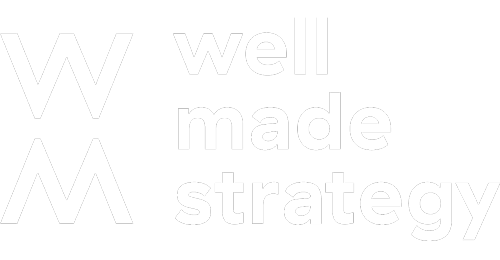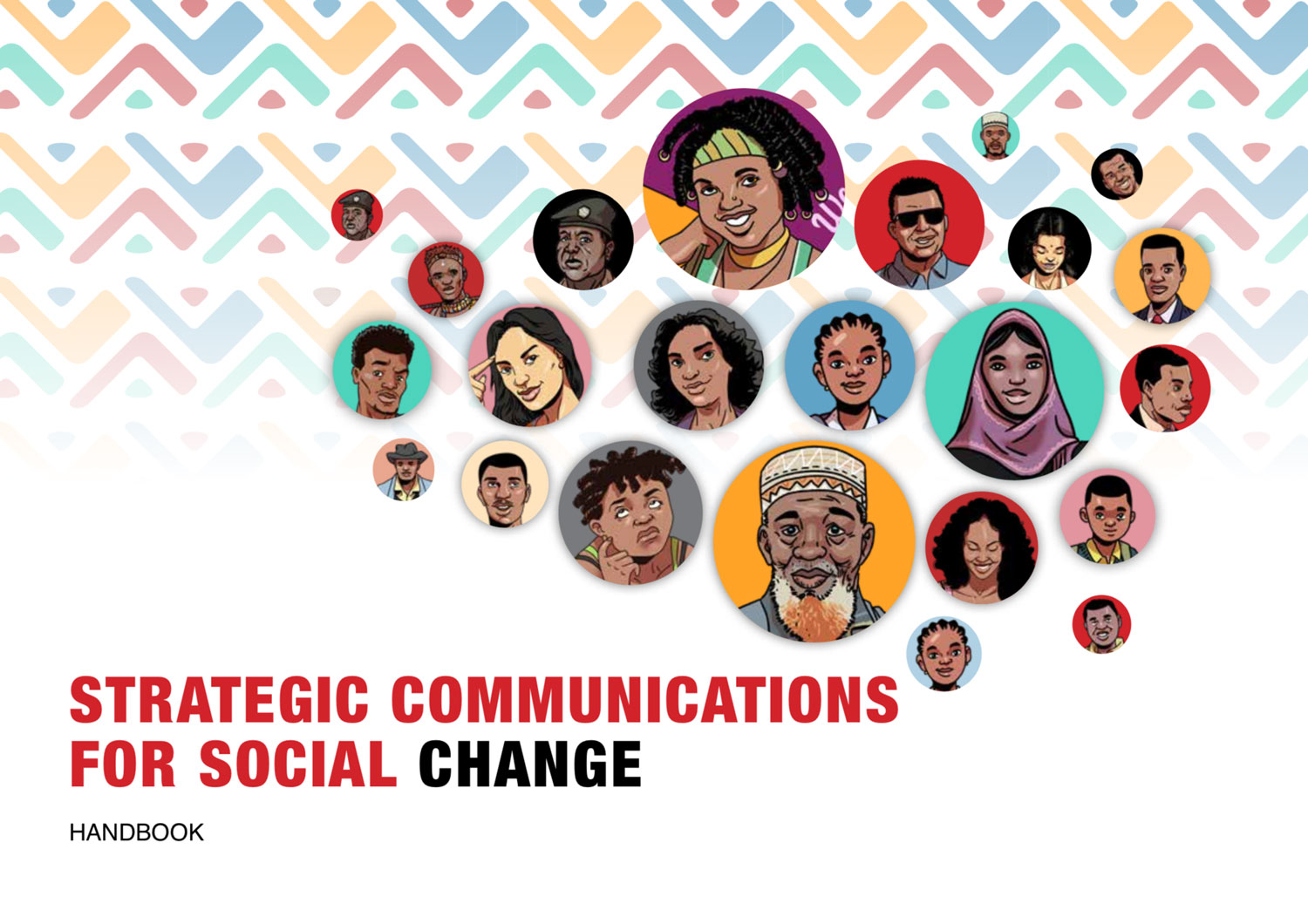My favourite kind of meeting is an ‘after action review’. It’s that meeting when you get the team back together again, once the dust has settled, and you talk about what happened, why it happened, and how it could have gone better.
For communications professionals, it can be really hard to stop and think. Often we feel we are on a hamster wheel: constantly in motion but always wondering whether we are really making forward progress. We work with really smart monitoring and evaluation experts (even measurement and results management experts) but they always seem to be in a different time-zone to us. “How’s it going?” we ask them. “Too soon to tell,” they almost always reply. Before they’ve got their baseline study, they won’t be drawn. Then they seem to be waiting for their mid-term evaluation. And even then, they seem to find shelter in waiting for the end-of-project review from the external consultants.
But for us communications people, it’s a never ending check-list of “things-to-do”. Even when we can say “done” and cross something off our list, our boss appears at our desk and we realize that communications never really ends. If you want to stop the hamster-wheel, you need a structured process of feedback-loops and that is where my favorite meeting (the after action review) can become your best friend.
Originally developed by the US Army, after action reviews have invaded the international development world via USAID, but they are all the rage in business circles and are becoming established as a knowledge management tool that builds “a culture of accountability”. Ten years ago, the Harvard Business Review showed how the US Army experience could enhance businesses and boost the bottom-line.
An after action review is different from a ‘de-brief’ because it begins with a clear comparison of intended vs. actual results achieved. A de-brief is when a field operative’s experience is recorded and shared with those who were not in the field. An after action review is also different to a ‘post-mortem’, because it focuses on participant’s own actions and highlights the learning that can be taken forward by the participants themselves. A post-mortem involves trying to work out how or why something happened that your team was not directly involved in. For example, someone died, a funder cancelled their funding, a confidential document was leaked or a piece of negative media coverage appeared.
After action reviews are especially helpful after a big event but even small interventions can be reviewed. The key is the act of intent. If you intended to do something, as a team, review it, as a team. The best after action reviews occur within a cycle of objective setting: planning, preparation, action and then review. The structure of a review is simple:
- What was supposed to happen?
- What actually happened?
- Why was there a difference?
- What can we learn from this?
This kind of meeting stops the hamster wheel dead. And we find ourselves asking:
- What will I do more of?
- What will I start doing?
- What will I do less of?
- What will I stop doing?
Reviews should never be about blame. The military say that rule one is “leave your stripes at the door”. These meetings have to be open and constructive. The discussions have to be non-judgmental and seek to create a consensus about the most important lessons to be learned. While they look at what happened in the past, they have to end with a focus on the way ahead.
Before we at Well Told Story launched our #Shujaaz360 research, we had a planning session focused on objective setting. In our preparation phase, we reviewed progress on the critical path of our project plan. And after the launch, of course, we had an after action review. Some months later, when we launched similar research in Tanzania, we were able to plan on the basis of the lessons we had already learned, documented and shared. We work with our consulting clients in just the same way. We practice what we preach but we also preach what we practice.
Once you make after action reviews a habit, something important happens to your planning process. You find yourself having before action reviews that pre-empt the actual after action review. People speak up before a mistake is made if they know that they will be called out later for holding their tongue. That’s the accountability culture the management gurus promised. The tighter the feedback loop, the better. That’s the moment the hamster wheel stops. And that’s when we communications professionals can prove we’re acting strategically, without having to wait for the end of project evaluation to be published.
Richard Darlington is Head of Strategic Communications at Well Told Story. He is speaking at an international conference in Ethiopia next week about evaluating communications. This blog was first published by OnThinkTanks and WonkComms.



